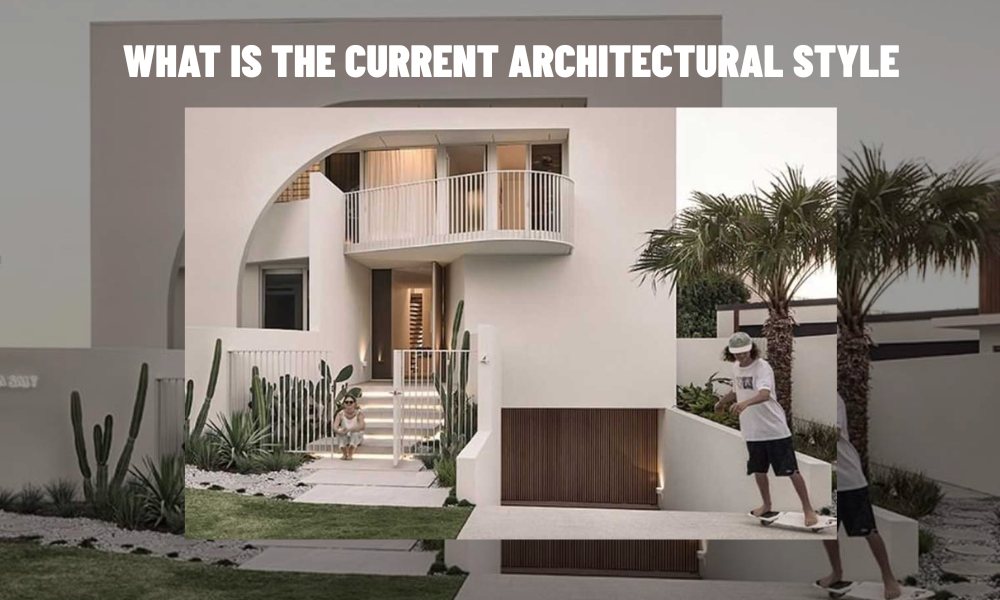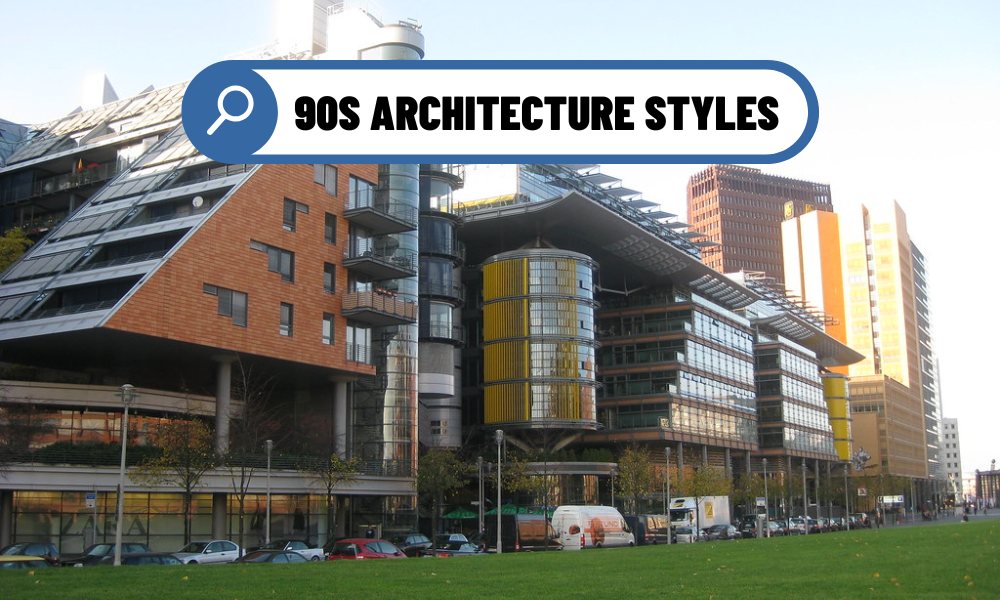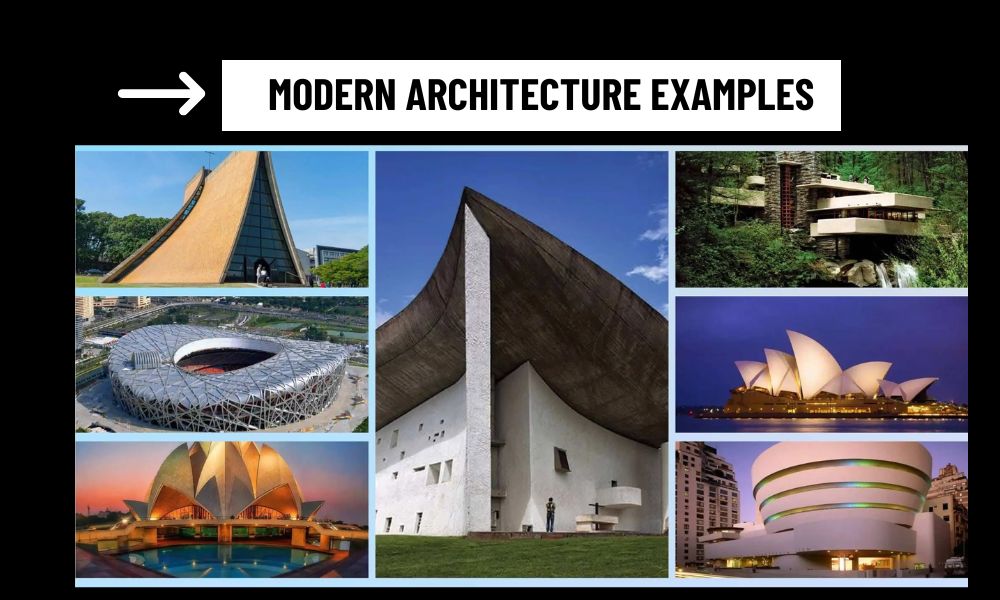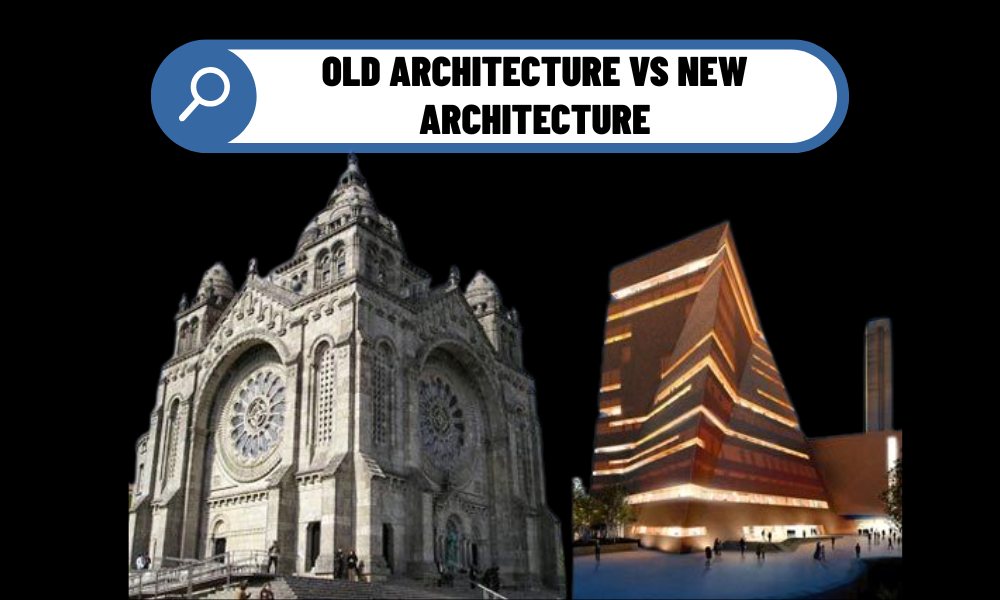Contents
What is the current architectural style?
In 2025, the question “What is the current architectural style?” reveals a landscape of diversity and experimentation. Unlike the rigid styles of the past, such as Baroque or Brutalism, contemporary architecture is defined by its adaptability and responsiveness to global challenges. From sustainable skyscrapers to digitally crafted pavilions, today’s architectural style is a fusion of innovation, tradition, and environmental consciousness. This article explores the trends and philosophies shaping the buildings of our era.
Dominant Trends in Contemporary Architecture
Green Architecture and Net-Zero Buildings
Environmental responsibility is a cornerstone of modern architecture. The push for net-zero buildings—structures that produce as much energy as they consume—has transformed design practices. Architects are integrating renewable energy sources, high-performance insulation, and smart systems to monitor energy use. Projects like The Edge in Amsterdam, a highly sustainable office building, exemplify this trend. Green architecture not only reduces carbon footprints but also creates healthier living spaces.
Digital Fabrication and Modular Construction
Digital fabrication techniques, such as robotic assembly and 3D-printed concrete, are revolutionizing construction. These methods allow for precision and efficiency, reducing waste and costs. Modular construction, where building components are prefabricated off-site, is also gaining traction, particularly for affordable housing. This approach is evident in initiatives like the Nakagin Capsule Tower’s modern successors, which prioritize flexibility and scalability.
Biophilic Design and Human-Centric Spaces
Biophilic design, which emphasizes a connection to nature, is increasingly popular. This style incorporates natural light, greenery, and organic materials to enhance well-being. Offices, schools, and homes are designed with atriums, living walls, and large windows to blur the boundaries between indoors and outdoors. The Singapore Jewel Changi Airport, with its lush indoor forest, is a prime example of biophilic principles in action.

Philosophical and Cultural Drivers
Minimalism with a Twist
Minimalism remains influential, but it has evolved beyond stark, white boxes. Today’s minimalist designs incorporate warmth through textures, natural materials, and subtle colors. Scandinavian and Japanese influences are prominent, emphasizing simplicity, functionality, and craftsmanship. This “soft minimalism” creates serene spaces that feel inviting rather than austere.
Resilience and Disaster-Ready Design
With natural disasters on the rise, architects are designing for resilience. Buildings in earthquake-prone or flood-risk areas feature flexible structures, elevated foundations, and durable materials. This trend is particularly relevant in regions like Japan and the Pacific Rim, where disaster-ready design is a priority. Resilience ensures that architecture not only serves aesthetic purposes but also protects communities.
Celebrating Diversity and Vernacular Roots
Contemporary architecture celebrates cultural diversity by drawing on vernacular traditions. In the Middle East, for instance, modern buildings often feature mashrabiya-inspired screens that provide shade while honoring Islamic design. Similarly, African architects are reviving traditional materials like mud and thatch, blending them with modern techniques to create sustainable, culturally resonant structures.
The Future of Architectural Style
As we move further into the 2020s, the current architectural style will continue to evolve. Climate change will demand even greater innovation in sustainable design, while technological advancements will unlock new possibilities in form and function. At the same time, the emphasis on cultural identity and human-centric spaces will ensure that architecture remains deeply personal and meaningful. The current style is not about uniformity but about embracing diversity, creativity, and responsibility in equal measure.
The current architectural style in 2025 is a vibrant blend of innovation and tradition. Green architecture, digital fabrication, and biophilic design are reshaping how we build, while cultural and philosophical shifts ensure that these spaces resonate with their users. By addressing global challenges and celebrating local identities, contemporary architecture is creating a built environment that is both forward-thinking and deeply human.



